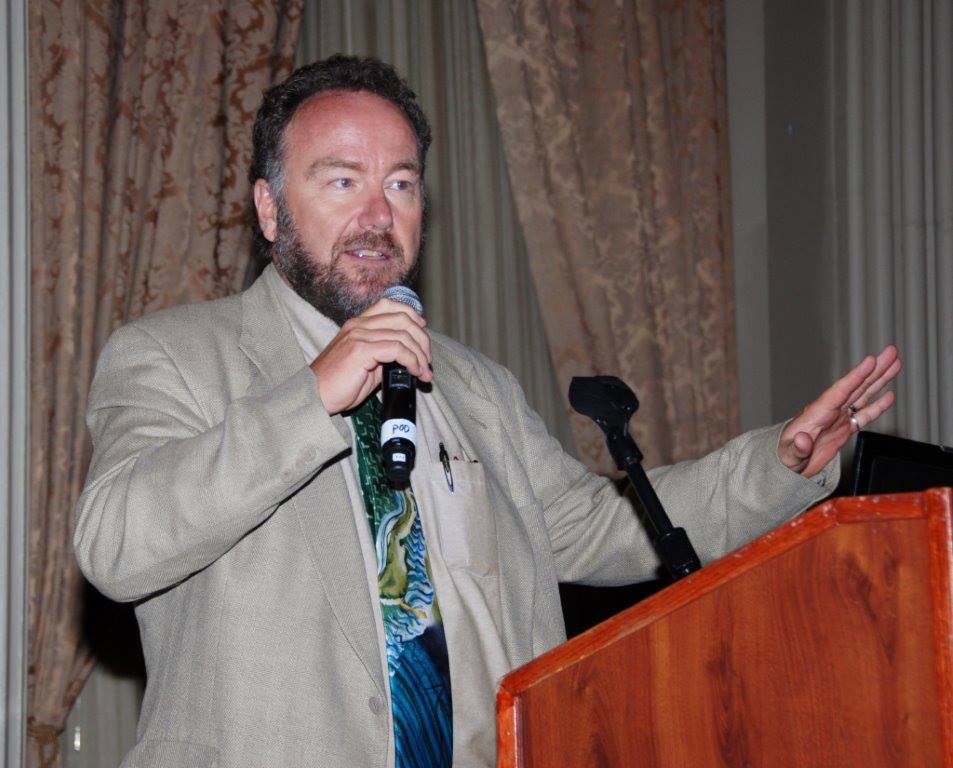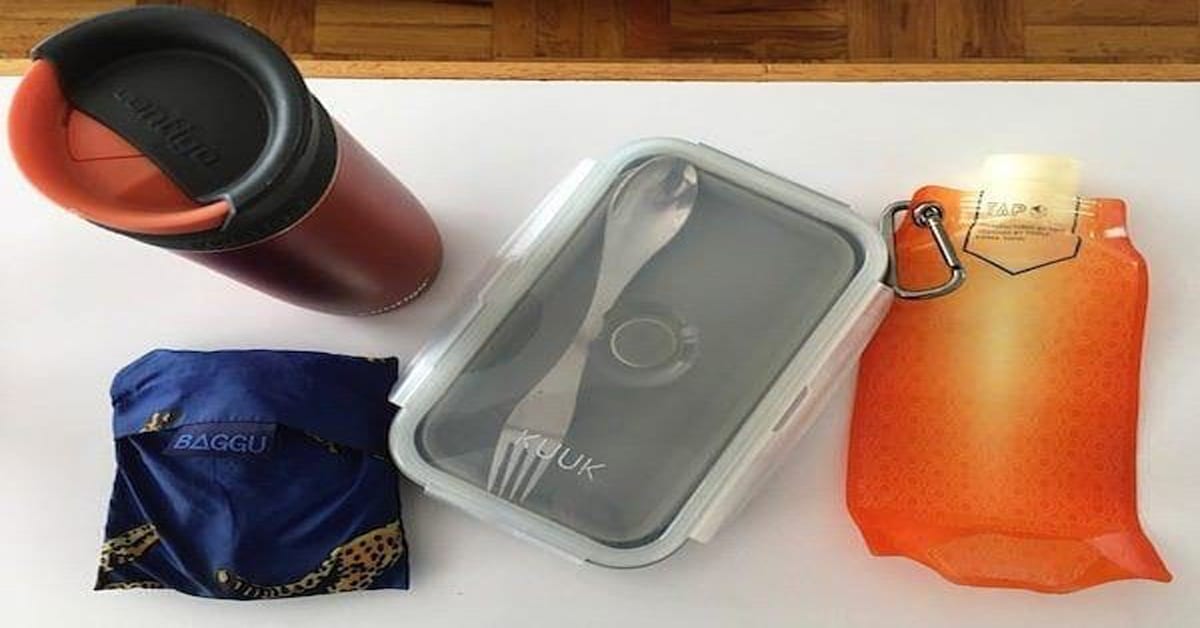Zero Waste Movement. Scroll down social media feeds. Ask Google, Alexa, or Siri about it. Immediately, you’ll see the names and faces of women such as Bea Johnson and Lauren Singer. You’ll watch videos of zero waste pantries and beauty regimens. What more? You might find DIY hacks that are undoubtedly intended for females with titles “DIY menstrual pads” or “menstrual cups.”
If you are a man and you’re reading this, you’ll probably note how intimidating the experience was. Are men excluded in the zero waste journey?
The Feminine Face of the Zero Waste Movement
Women in the zero waste movement—this is no incident. They are the primary caretakers of the home. And bear the brunt of housekeeping, shopping, and cooking. They carry most household chores and bury a ‘relative authority’ in the task at hand. So companies worldwide continue to cater to women. After all, they have the lion’s share of attention in the media.
But aside from their assignments at home, women become the center of the zero waste movement for various reasons.
Women as wives

Since time immemorial, women’s responsibilities are nestled at home. They do childrearing, laundry, cleaning, and cooking. This social standard still happens in the modern days, both in rural and urban areas. Although many women today are in the field, they still hold the responsibility of shopping and cleaning the house. Thus, waste management at home is within their concern. This makes women very attracted to zero waste management. Since the end goal of the movement is to reduce/eliminate unnecessary wastes.
Wives also have the most significant control over household spending. While household decisions are accountable to men, women, on the other hand, can deliberate what is needed and not inside the house. They mostly know what items should be purchased, and they frequently wanted to do it themselves. Because of this, companies always eye women’s preferences.
The historical vulnerability of women at home and work
Historically, women are vulnerable due to the wage gap and unpaid housework. Most also work in areas at risk of environmental disasters. Most of the Zero Waste community see it as part of ecofeminism.
This brings the whole Zero Waste Movement to a feminine slant. Countless studies show that environment-friendly behavior is seen as feminine. So men are more likely to donate to organizations with masculine-looking logos. For instance, a 2016 study found men are more likely to litter. Next, they leave a larger carbon footprint. They also feel less responsible about environmental impacts than women. Therefore, they protect their masculine ego in the face of a female-dominated movement.
Environmental crisis affects women the most.
Especially in rural areas, women are pressed with environmental consequences. An article shows that poverty and rapid population growth are among the main factors contributing to natural calamities and pollution. And women? They are the most prone to these variables than their male counterpart.
This makes the zero waste lifestyle a sentimental platform to women, as it addresses women’s issues. Thus, the movement becomes more attractive to women and to feminist-based groups who wanted to help them out. Moved by the causes, female changemakers are now in the limelight of sustainable communities.
The Truth about the Zero Waste Movement

The zero waste movement values women and what they can do in curbing up unnecessary wastes. Their contributions are echoed to reach the masses, to inspire them. But zero waste as a feminist ideal? That’s not what the movement is all about.
Zero waste is genderless. How much it values women is the same worth paid to men. The [zero waste] community sees men as eco-friendly. And that they care about the environment to change their consumerist habits. Men are always on the pillars of zero waste.
So, where are men in the zero waste movement?
Men just do what they got to do.

It is what it is. When men have something in mind, most of them just do it. They keep the deed to themselves. No need to show off. They usually don’t need affirmation to carry things out, so sharing their zero waste journey is kept private, with no netizens involved. They hardly take pictures of everyday chores to post on social media. It’s just not their thing.
Men are minimalists and buy things that lasts.
Most men only buy the things they need. In fact, the vast majority of leaders in the minimalist field are men. Societal pressures less likely to influence them, so shopping is less stressful for them. When they go to shopping malls, they will only buy a specific item, the one they planned to buy—seldom swayed by impulsive purchases. This characteristic makes them possible candidates for a zero waste lifestyle as they already have a minimalist mindset.
Besides, men are concerned about the quality rather than the quantity of their belongings. They invest their money in well-made items, those that will last for longer periods of time.
Zero Waste Movement boomed in social media. Many showed their support to the cause through the various features of social networking sites—likes, comments, posts, and shares. Most of them are female. For instance, a 2019 survey shows that adopters of social media are primarily women.
In Instagram, advocating through the platform becomes a problematic development of the movement. Some have grown a double life—zero waste evangelizer in social media and a typical fella in reality.
Social media will never be a suitable representation of zero wasters. Because having access to the internet alone is a matter of privilege. Possibly male zero wasters don’t have the time to post. After all, they have demanding work hours.
Men are underrepresented in the zero waste community.
Dominant female voices skew the representation of the zero waste movement. This is also to the detriment of the movement because men don’t feel connected to it. They mostly see blogs of housewives. Or browse stores managed by millennial gals. And they think, “Where am I in all this?” The way they approach zero waste is different. Very different in terms of research and practice. But this approach is not always visible or recognized.
Simply, today’s available data about the zero waste community does not suffice the totality of the movement yet. Men feel underrated because zero waste products, talks, and content may not be a hundred percent gender appropriate.
Anecdotally, more males are into the Zero Waste movement. Firstly, there are rural zero wasters. They are farmers, fisherfolks, and others who live off the land. Unlike women, men prefer showing their lifestyle to family and friends. In short, they are silent achievers.
Role models for men in the zero waste movement
If you want to be a part of the zero waste community, you have to make drastic changes in your lifestyle. Doing this may require a model, someone you can adopt practices and principles that are manly and sustainable.
Here’s a list of male personalities in the zero waste community.
Bradley Layton

Bradley Layton is one of the policy movers in the global movement of zero waste. Layton co-founded the Integration Energy. He published the acclaimed book “Zero Waste in the Last Best Place”.
He started thinking of zero waste after one summer’s experience. That summer, he could not put his trash in the garbage truck because he was not a paying customer. Since that day, he decided not to contribute anything to Mts. Landfill and Methane. He and other scientists worked to develop carbon-neutral policies. Then states around the world adopt them to help solve the impending climate change crisis.
Eric Lombardi

Before Bea Johnson, there was Eric Lombardi. In 1996, with twenty-five others, he protested against Coca-Cola because of how they pack their drinks. In this event, he first said that recycling was no longer enough.
He put forth the vision of zero waste. It is not simplistic fixes such as “zero landfilling.” Or “100-percent recycling.” Instead, the Zero Waste movement is a journey. It is not about jars worth of trash. Or completely plastic-free consumption. Instead, it is changing the design of how we interact with materials. First, it uses fewer resources. Next, it eliminates toxic materials. Then, it builds things to last. Lastly, they reuse, recycle, or compost. These principles govern the zero waste movement we know today.
Currently, he is the executive director of Eco-Cycle International. They help communities become zero waste.
Richard Eckersley

A former Manchester United footballer and his wife pioneered in launching a package-free shop. Richard Eckersley, 28, opened the Earth.Food.Love. This is Great Britain’s first Zero Waste store. It is an organic, bulk-buy, plant-based, wholefoods shop. They sell food products such as gluten-free goods with no packaging. British customers need only to bring their own containers. They fill them up with what they want from the store. Then, they pay based on the weight. It also is a great step for male zero wasters. Because Eckersley showed that family-run business can be ecofriendly and highly profitable.
Jonathan Levy

For those who scroll social media and blog sites, check out Jonathan Levy. He is a lifestyle blogger and zero waste supply chain consultant. Levy blogs with as much fervor as female bloggers. He constantly talks about the importance of thinking of the environment before convenience’s sake. He is worth imitating.
Rob Greenfield

This dude is making a difference. Literally, Rob Greenfield makes the world known that men are eco-friendly. He published a book entitled Dude Making a Difference. This contains chronicles of his adventures such as travelling the United States using a bamboo bike, walking barefoot, dumpster diving, or having a no-shower bath for a year.
Rob Greenfield does everything for a purpose. As an environmental activists, he is concerned the most with food freedom, zero waste activism, food fiasco, and living simply and sustainably. Because of this, he spreads awareness on environmental conservation and sustainable living.
Liam Prince

Together with his wife, Liam Prince become one of the most enthusiastic zero waste bloggers. He co-founded the The Rubbish Trip, a “zero waste roadshow offering FREE presentations and workshops to community groups and schools across New Zealand about how and why individuals can reduce their waste footprint.”
Liam and his wife are nomads since July 2017. This means they are already practicing their zero waste vocation for three years. Since then, they are occupied with events reaching our communities to spread the need to for lifestyle shift.
Conclusion
Men have always been a part of the zero waste lifestyle movement. Women may be the main stakeholders in the zero waste movement, but men has long been in the same journey. Saying that the movement is feminist only adds turmoil and supports notions that are biased and insufficient. Also, some of the male zero wasters are the very pioneers of the movement since its inception in 1996. They are activists, scientists, store owners, bloggers, and men from all walks of life.
In reality, men actively care for the environment. It may not be as evident as the social media of female influencers, but they do practice sustainable living. They mostly do not care to show their efforts on social media. They prefer to do it without seeking affirmation from others.
The Zero Waste Movement should not be seen as a feminist movement but as a cause for both sexes and all genders to partake. The environment is not a feminine responsibility. All of us should care enough about the Earth that we become more conscious of how we live.





2 Comments
Leave a Reply2 Pings & Trackbacks
Pingback:Men Going Zero Waste 101 : Zero Waste Lifestyle System
Pingback:Male Changemakers In The Sustainable Living Community - Zero Waste Lifestyle System